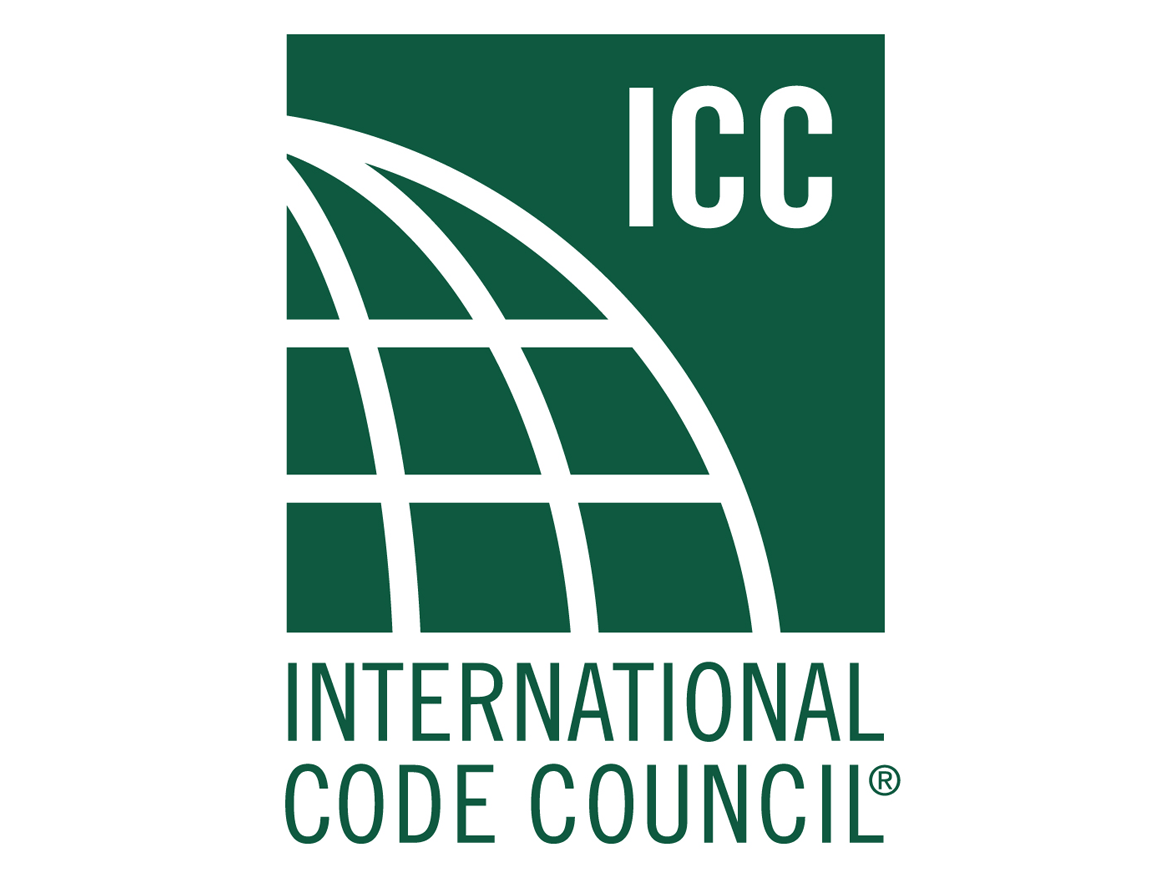View course on architecturalrecord.com »
In May, RECORD peers upward for a survey of six singular tall (and not-so-tall) buildings that innovate in different ways. They include a bulbous, 650-foot-tall tower in Hong Kong’s central business district that pushes the limits of curved glazing; a LEED Platinum high-rise with a base that fosters pedestrian activity in a Seattle-area city’s car-dominated downtown core; a chrysalis-like, 24-story new addition to Milan’s Porta Nuova financial district; a 1969 Lower Manhattan building that recently emerged from the largest office-to-residential conversion in the United States; a 12-story mass-timber structure in a climate-smart district of Malmö that advances what’s possible in wood construction; and a refreshed Modernist office complex, anchored by a space-age cylindrical tower, in central London.

The Henderson. Photo © Virgile Simon Bertrand
From Cloud 39, the lounge, visitors have panoramic views of Kowloon.
Select an article below to read more.
Click course title to be directed to architecturalrecord.com » to read each article.
The Henderson | Hong Kong | Zaha Hadid Architects
Heart of Glass
A bulbous building sprouts in Hong Kong’s central business district, pushing the limits of curved glazing
By Andrew Ayers

Photo © Virgile Simon Bertrand
The Henderson.
Standing out from the crowd is all about the company you keep. If your immediate neighbors are generic housing towers, attracting attention is easy in Hong Kong. But when you’re located between Central and Admiralty, with I.M. Pei’s twistingly triangulated Bank of China and Paul Rudolph’s “look-at-me!” Lippo Centre right next door, not to mention Foster + Partners’ fabled HSBC headquarters just opposite, the competition is far more daunting. This was the challenge facing developer Henderson Land, which in 2017 paid an eye-watering $3 billion for a 31,000-
square-foot plot on Murray Road, next to Chater Garden, a public park. Seeking to wow the rental market, Henderson sought office-tower designs from a handful of globally acclaimed firms, choosing London-based Zaha Hadid Architects (ZHA) over names such as Foster and MAD.

Photo © Virgile Simon Bertrand
Rising adjacent to the Bank of China tower, the Henderson cinches inward to shape a lobby.
“The client made it very clear they wanted to maximize the views,” says Sara Klomps, ZHA’s lead architect on the project. “Unless you’re on the waterfront, you don’t get panoramic vistas like this in Hong Kong. So it was a given that we had to design a tower in glass.” Henderson also wanted the 36-story, 650-foot-tall building to be “as clean as possible,” to exhibit “soft forms,” and to offer unencumbered floor plates, which meant pushing the elevator core to one side. “We also felt it was wrong for the tower to act as a barrier on meeting the ground,” continues Klomps, “which is why we lifted it up, to afford views through the greenery and allow Hong Kong’s aerial walkway system to connect up underneath.” The building also includes five levels of underground parking, which replace the garage that formerly stood on the site, and a glass-roofed lounge, known as Cloud 39, at its summit.
Formally, says Klomps, the tower is “a very intuitive response to the Bank of China,” which rises to a rather staccato beat. At the Henderson, this translates into asymmetrical bulges in its glass facade, which are organized around two “pinch points,” as Klomps describes them, each located above one of the two giant trusses that compensate for the displacement of the elevator core. Though this aspect of the building’s structure is not expressed externally, its presence can be glimpsed through the air vents that ring the tower at these levels: the upper band corresponds to an outdoor refuge floor, as required by Hong Kong’s construction code, and the lower to a technical area (no machinery could go on the roof because of the lounge). Columns, which line the perimeter, are a composite of steel and concrete, while the floor beams are in steel with a composite deck.
“The Henderson was made at a moment when the technology was available to do it,” says Klomps of the digital bending ovens that shaped the many panes of curved glass used in the tower’s facade. But she is keen to point out that the building isn’t as extravagantly shaped as it might appear. “We went through a long rationalization phase to get the curvature to a reasonable amount. In the end, only 20 percent is double curved: there’s a fair amount of flat glass, and a fair number of single-curve panes. There’s nothing crazy.” What was probably novel, she concedes, was using so many curved pieces on a building of this scale, which posed a manufacturing challenge for the European firms that won the bid (locals proved too expensive), given the rapid construction timetable. While the majority of the facade comprises factory-preassembled units, which allow for quicker on-site construction, the “belly,” where the glass curls under at the base, was built the old-fashioned way, its components assembled in situ. Click here to read more....
Torre Unipol | Milan | Mario Cucinella Architects
Go With the Flow
To save energy and enhance thermal comfort, Milan’s latest tower emulates nature
By Leopoldo Villardi

Photo © Duccio Malagamba
Torre Unipol.
Milan may be known for many things—fashion, design, art. Riveting skyscrapers, on the other hand, have been few and far between since 1958, when Gio Ponti’s Pirelli Tower and BBPR’s Torre Velasca first soared into existence.
Mario Cucinella’s 24-story Torre Unipol, a new corporate outpost for the eponymous Italian insurance company headquartered in Bologna, is a rare and welcome addition to the Lombard skyline. The chrysalis-like structure, jacketed in a distinctive tessellated facade, rises from a prominent corner plot in Porta Nuova, one of the city’s two recently developed financial districts. Unipol Group’s 2014 merger with Premafin-Fondiaria-Sai came with the prized parcel—at the time, the last undeveloped one in the enclave’s master plan. Soon after, the company organized an invited competition to centralize its roughly 650-person workforce in the city. Unlike so many of Milan’s recent skyscrapers, Torre Unipol is not a speculative project relying on imported name recognition (nearby towers by César Pelli, Arata Isozaki, and Zaha Hadid all come to mind). Instead, Cucinella’s firm was selected from among a small group of Italian practitioners to design a purpose-built skyscraper—and, in this case, it is his first.
Urbanistically, the tower negotiates the significant 21-foot height difference between the elevated Piazza Gae Aulenti and the streets below it. On the plaza side, the omission of several of the more than 2,700 flat, triangular glazed panels makes for a somewhat awkward entry. Better, and far more dramatic, is the experience entering Torre Unipol from the lower lobby along Via Melchiorre Gioia, a thoroughfare that cuts through Porta Nuova. There, a portion of the envelope delaminates from the tower’s base, curling upward to form a 65-foot-long canopy that hovers over a new plaza. Cucinella likens it to a piece of bark peeling away from a tree trunk, but, in such a cosmopolitan city, it’s difficult not to conjure a mental image of Marilyn Monroe’s iconic upswept dress in Billy Wilder’s The Seven Year Itch. The detachment also reveals a weighty azure-blue reticulated frame, fully visible inside but barely discernible through the glass (except at night), as well as a thinner structural web that together enmesh the building.

Photos© Duccio Malagamba
A sculptural canopy announces a lower entrance (above), which leads visitors and staff to Torre Unipol’s atrium via an escalator (below).

Photos© Duccio Malagamba
Inside, an escalator leads from a modest 35-foot-high lower lobby to a grander upper one. As visitors ascend, in a remarkable transition, the ceiling slowly creeps out of view to reveal a vertiginous, nearly 230-foot-tall atrium, lenticular in plan. Looking up, one can see the many office levels, each marked by a curved white floor plate, and the skylights overhead. Programmatically, the atrium recalls the one in Kevin Roche and John Dinkeloo’s Ford Foundation building in Manhattan; in scale, those wondrous spaces of John Portman–designed hotels. But here, the cavity reflects a certain organicism that pervades much of Cucinella’s work—it’s akin to a gargantuan, light-filled rib cage. Adding to the analogy, and even less obvious to visitors: the atrium is in fact a vast air pocket blown into a double-skin facade system, which wraps the rest of the tower. Above the skylights, the facade continues skyward, forming a basin like the cup of a giant pitcher plant, which collects rainwater.
The vertical chasm, facing southwest and occupying about one-third of the tower’s overall volume, not only mesmerizes—it acts as a spatial buffer. “In a skyscraper, the south facade is always a difficult one to plan,” Cucinella explains. “People don’t want to be near the glass, especially in winter, when the sun is low.” The physical separation from the outermost envelope helps to minimize the effects of glare in office areas, but this organization also allows the atrium to double as a solar chimney. In the winter, the unconditioned space amasses and redistributes warm air; in the summer, it exhausts heat at its apex. This strategy reduces energy use in the offices and helped the team secure a LEED Platinum rating, without sacrificing comfort. On two walkthroughs—one in the waning days of summer and most recently during Milan’s foggy winter—the atrium remained pleasant. Click here to read more....





















